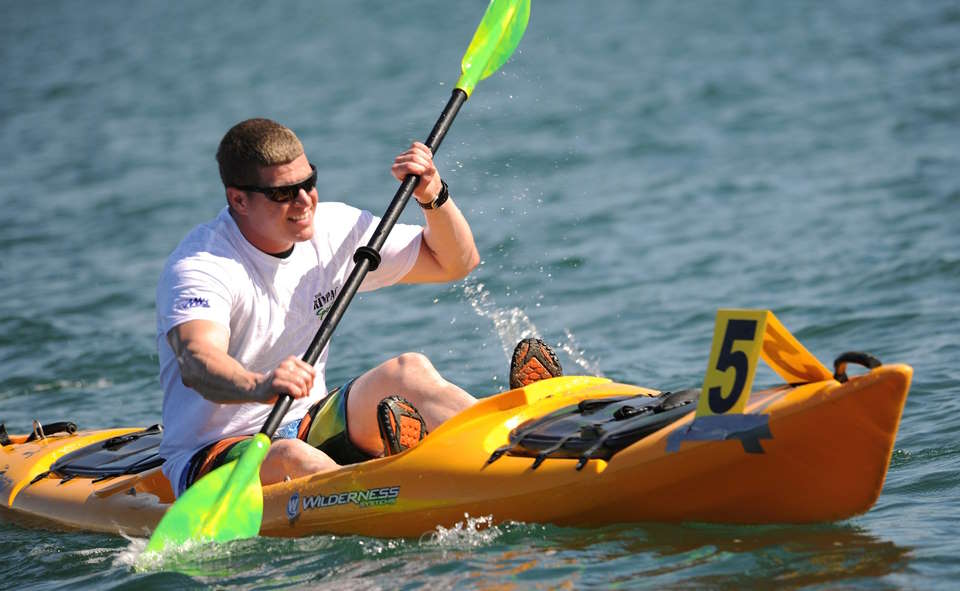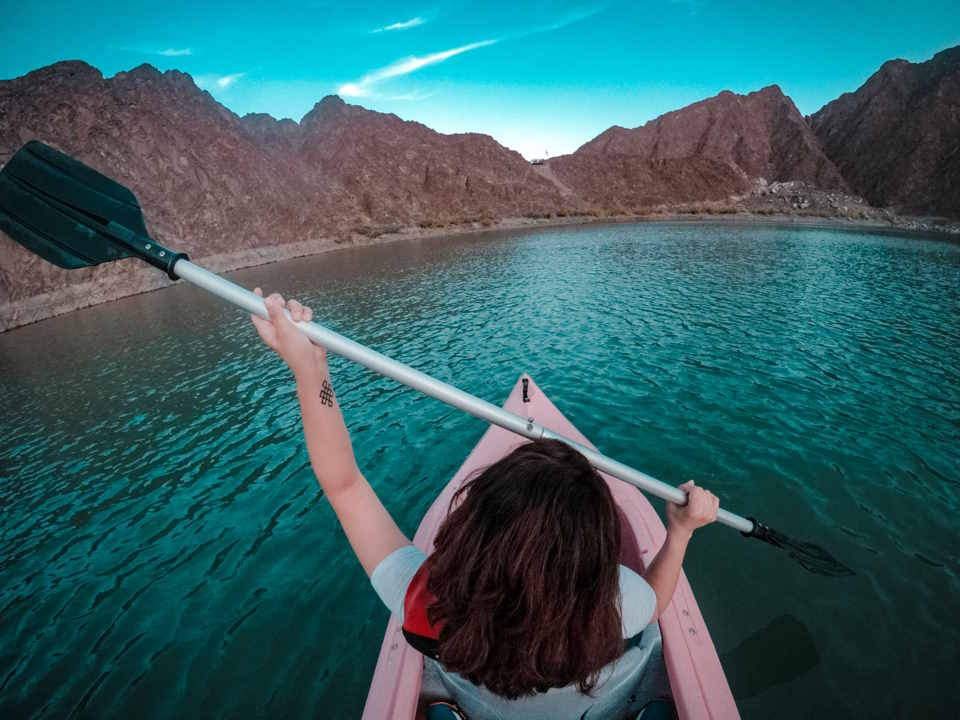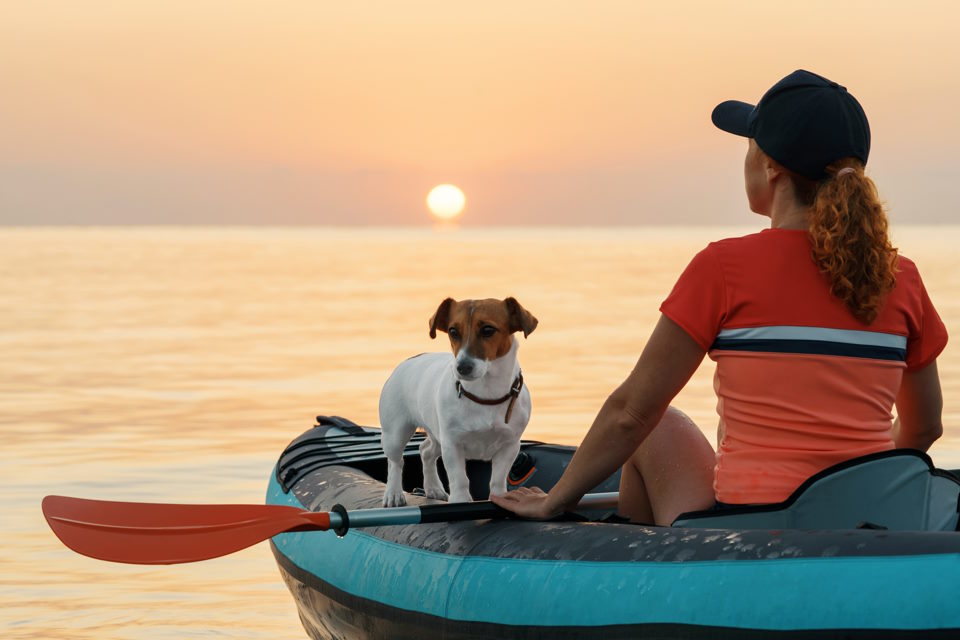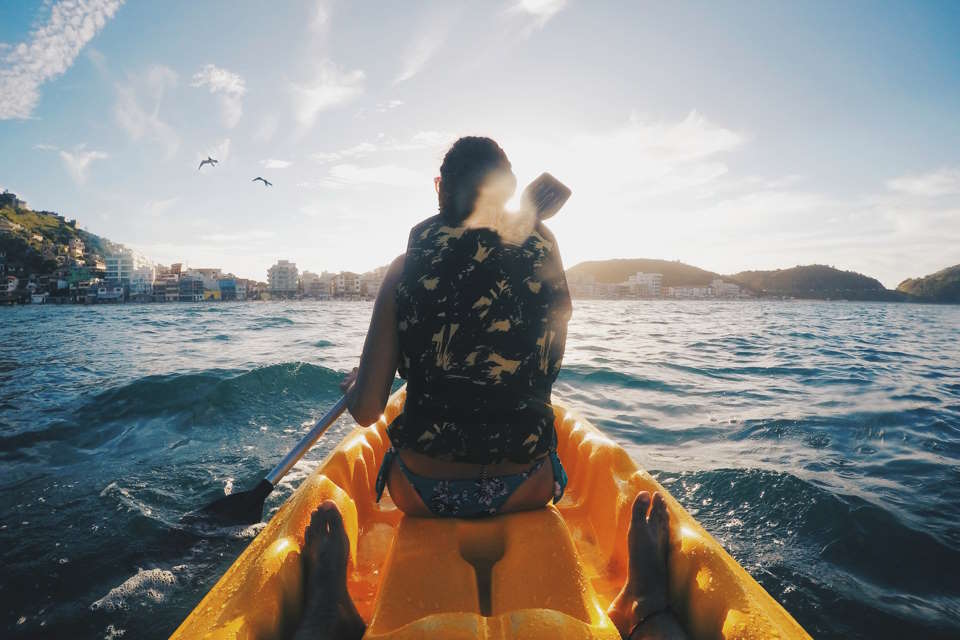Welcome, adventure enthusiasts and beginners alike, to our comprehensive guide on harnessing the power of the sea and exploring its hidden treasures through the exhilarating world of kayaking! Whether you envision gliding serenely across calm lakes, navigating winding rivers, or tackling thrilling white-water rapids, kayaking offers an exciting escape from the humdrum of everyday life. We will delve into the essential aspects of kayaking, answering your burning questions on how to get in a kayak, how to get out of one, and also provide tips for beginners seeking to break into the world of kayaking. So let’s paddle on and embark on a journey of discovery!
Introduction
Getting in a kayak may seem daunting for beginners, but with the right technique, it can be quite simple. First, find a stable and flat area to launch your kayak. Make sure the kayak is placed parallel to the water’s edge. Next, position yourself beside the cockpit, facing the bow of the kayak. Place one hand on the cockpit’s edge and the other hand on the kayak’s seat for support. Lower yourself into a kneeling position on the ground and then carefully slide your legs into the cockpit, keeping your balance. Once your legs are inside, gradually lower yourself into a seated position while maintaining stability. Adjust your position, ensuring that your feet are comfortably positioned on the foot pedals or footrests.
Now that you are sitting comfortably in the kayak, it’s time to secure your Spray skirt if your kayak is equipped with one. A spray skirt helps to keep water out of the kayak, especially in rougher waters or when performing advanced maneuvers. Place the spray skirt over the cockpit and pull it tightly around the edge. Ensure that the skirt is properly secured and that there are no gaps.
If you need additional support when getting into the kayak, you can also use a paddle float. A paddle float is a flotation device that can be attached to one end of your paddle. It provides stability and balance, especially in deeper waters. To use a paddle float, attach it to the blade of your paddle and then place the paddle across the cockpit and on top of the kayak’s hull. This allows for added support and balance while you maneuver yourself into the kayak.
How Do I Get Into My Kayak?
Getting into a kayak can be a bit tricky, especially if you’re new to the sport. But don’t worry, with a few simple steps, you’ll be paddling away in no time! Here are some tips on how to get into your kayak:
- Choose a stable spot: Before you even start getting into your kayak, find a stable spot where you can safely enter the water. Look for a calm area with no rocks or obstacles.
- Position your kayak: Place your kayak parallel to the shore, with the cockpit facing the water. Make sure it’s in shallow enough water that you can comfortably step in.
- Hold onto your paddle: Before getting in, hold onto your paddle with one hand. This will help you maintain balance throughout the process.
Now that you’re all set up, it’s time to actually get into your kayak. Follow these steps:
- Step one: Place one foot inside the cockpit, keeping your other foot firmly on the ground for stability.
- Step two: Slowly lower yourself into the kayak, while simultaneously lifting your other foot into the cockpit. Make sure to distribute your weight evenly to maintain stability.
- Step three: Once you’re comfortably in the kayak, sit upright and bring your legs inside. Adjust your seating position until you feel balanced and secure.
And there you have it! You’re now safely seated in your kayak and ready to hit the water. Remember to always wear a life jacket and be cautious of your surroundings. Learning how to get into a kayak is an essential skill for any paddler, and with practice, it’ll become second nature!
How Do You Get Out of a Kayak?
Getting out of a kayak may seem simple, but if not done correctly, it could lead to an embarrassing or even dangerous situation. Whether you are a beginner or an experienced kayaker, knowing the proper technique to exit a kayak is essential. We will guide you through the step-by-step process of getting out of a kayak safely.
Step 1: Choose a Suitable Location
- Before attempting to get out of your kayak, make sure you choose an appropriate location. Look for a spot with calm and shallow water, preferably near the shore. This will make it easier to exit the kayak and avoid any potential hazards.
- If you are kayaking in a group, communicate with your fellow paddlers to ensure they are aware of your intention to exit the kayak. This will avoid any collisions or misunderstandings.
Step 2: Prepare Yourself
- Prior to getting out of the kayak, make sure you are properly prepared. Secure any loose items or equipment, such as paddles or personal belongings, to prevent them from falling into the water.
- Shift your body weight towards the side of the kayak where you intend to exit. This will help stabilize the kayak and make it easier to balance as you exit.
Step 3: Exit the Kayak
- Place both hands on the edge of the kayak cockpit, gripping firmly for stability.
- Slightly lift your buttocks off the seat and move it towards the edge of the kayak.
- Next, swing your legs out of the kayak and position them in the water.
Step 4: Stand Up or Exit in a Controlled Manner
- Depending on the depth of the water, you can either stand up or exit the kayak in a controlled manner.
- If the water is shallow enough, stand up slowly while maintaining your balance. Make sure to test the stability of the ground before fully standing to avoid any unexpected obstacles or uneven surfaces.
- If the water is deeper, you can gradually slide your body off the kayak and lower yourself into the water. Once you are in the water, you can either swim to the shore or climb onto a stable structure, such as a dock or a nearby rock.
Remember, safety should always be the top priority when getting out of a kayak. Take your time, be mindful of your surroundings, and use caution to ensure a smooth and secure exit.
How Do You Kayak for Beginners?
When it comes to kayaking, beginners might feel overwhelmed or unsure about where to start. However, with the right knowledge and preparation, kayaking can be a fun and enjoyable experience for everyone. We will discuss the essential steps and techniques on how to kayak for beginners.
1. Choosing the right kayak: As a beginner, it is important to select a kayak that is stable and easy to maneuver. Sit-on-top kayaks are generally recommended for beginners as they provide better stability and are easier to get in and out of. Make sure to choose a kayak that suits your size and weight.
2. Mastering the basic paddling techniques: Before hitting the water, it is crucial to learn the basic paddling techniques. Start by holding the paddle correctly, with one hand on the top of the grip and the other hand holding the shaft. Learn how to perform essential strokes such as the forward stroke, backward stroke, and sweep stroke.
- Forward stroke: This is the primary stroke used for propelling the kayak forward. Keep your upper body relaxed and use rotation from your core to drive the paddle blade into the water at your feet. Push the blade back along the kayak’s side, using your torso’s rotation to provide power.
- Backward stroke: The backward stroke is used to slow down or reverse the kayak’s direction. Start by entering the paddle blade into the water near your hip and push the blade away from the boat. Rotate your torso and pull the paddle towards you, keeping it close to the kayak.
- Sweep stroke: The sweep stroke is handy when you want to turn your kayak. Reach out to the side of the kayak with the paddle blade angled away from you. Submerge the blade and sweep it towards the kayak’s stern, using a sweeping motion to turn the boat in the desired direction.
3. Practicing kayak entry and exit: Getting in and out of a kayak can be tricky, but with practice, it becomes easier. To get into the kayak, place it in shallow water and position yourself next to it, facing away. Slowly lower yourself into the seat while keeping your balance. Use your hands to steady yourself while swinging your legs into the kayak. To exit, simply reverse the process by swinging your legs out and using your hands for support.
Tips:
- Wear a life jacket at all times when kayaking, especially as a beginner.
- Practice paddling in calm and safe waters before attempting more challenging conditions.
- Don’t forget to bring essential safety equipment such as a whistle, bilge pump, and spare paddle.
- Consider taking a kayaking course or seeking guidance from an experienced kayaker.
Kayaking is a fantastic outdoor activity that offers opportunities for adventure and relaxation. As a beginner, learning the essential techniques and taking necessary precautions is crucial for a safe and enjoyable experience. With practice, you will develop confidence and be able to navigate the waterways with ease. So grab a paddle, choose a serene location, and embark on your kayaking journey today!









